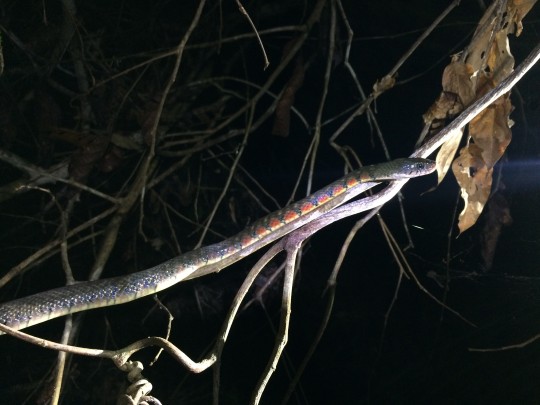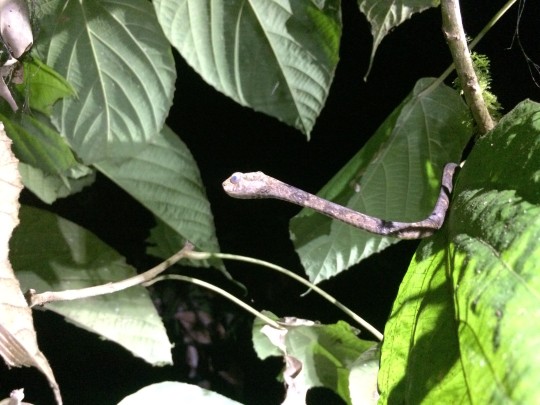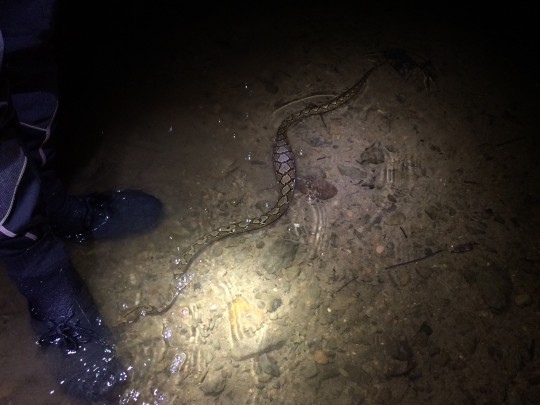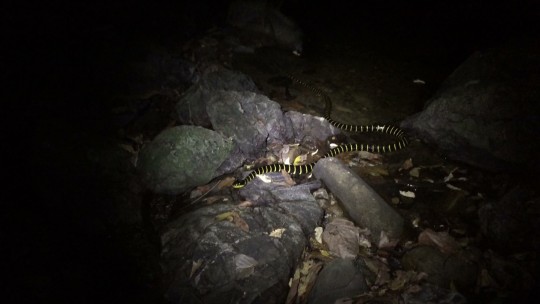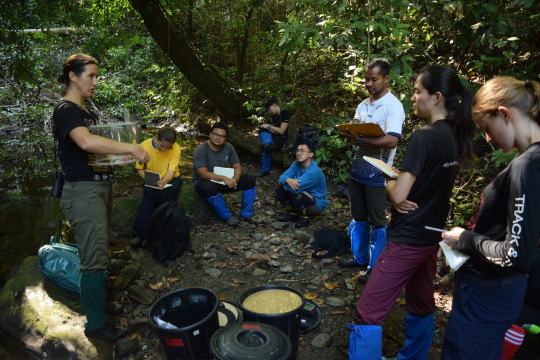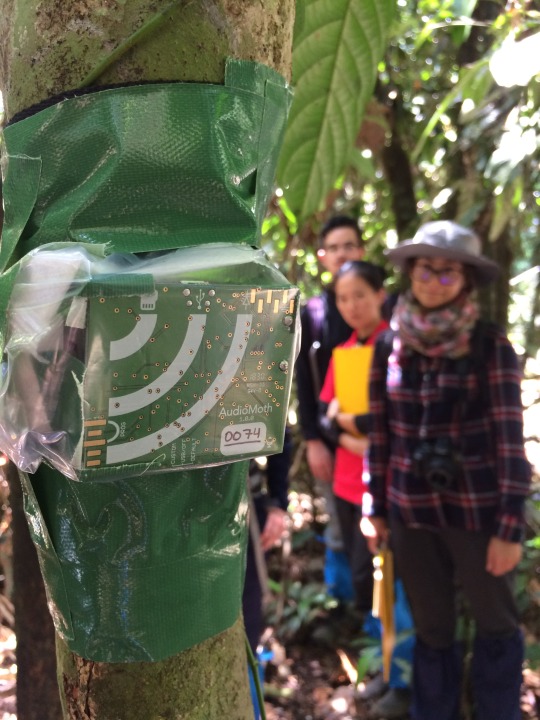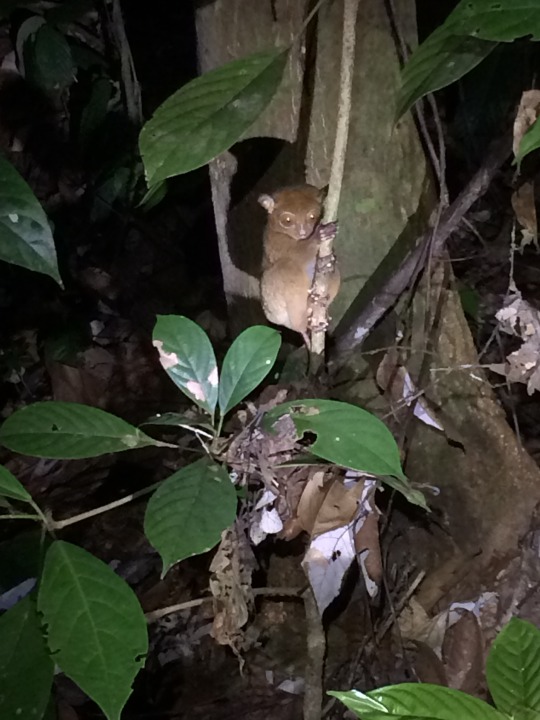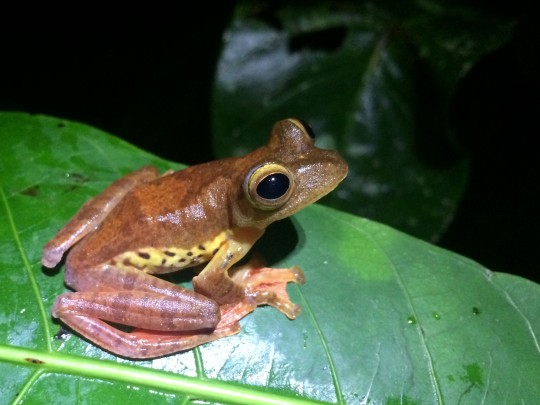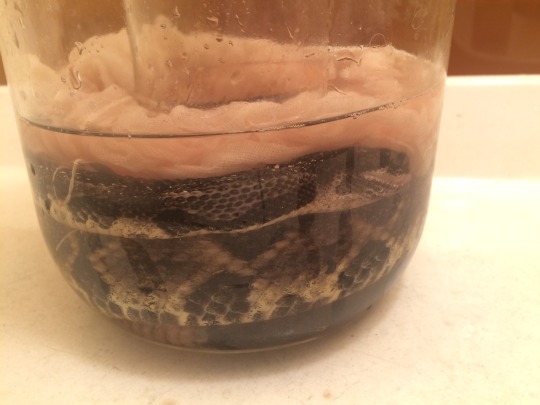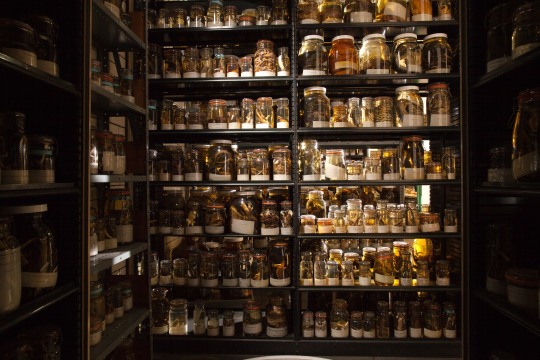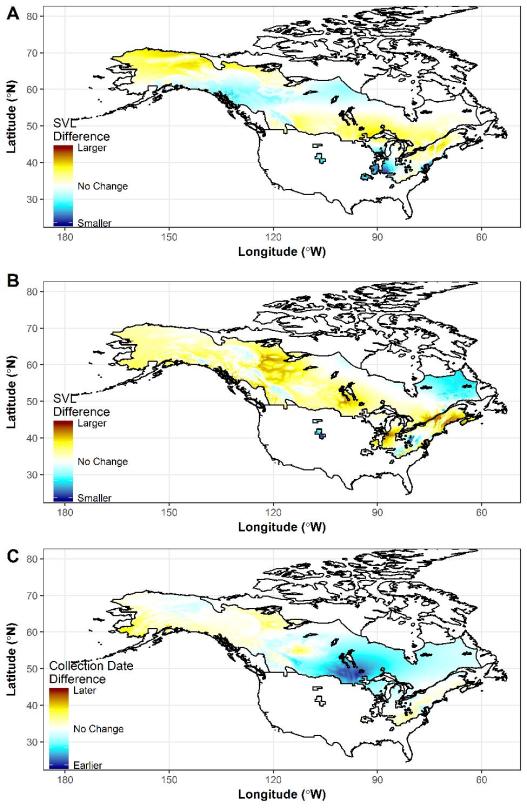What makes reptiles so unique? Curator of Amphibians and Reptiles, Jennifer Sheridan, shares some of her favorite facts about the unique adaptations of reptiles including flying lizards and flying snakes. She also addresses how human activities impact reptiles like turtles, and how they adapt to changes in climate.
Ask a Scientist is a video series where we ask our research staff questions about the millions of amazing objects and specimens stored in our museum collection. Tune in on YouTube, and submit your own questions at https://carnegiemnh.org/visitor/ask-a-scientist-videos/
